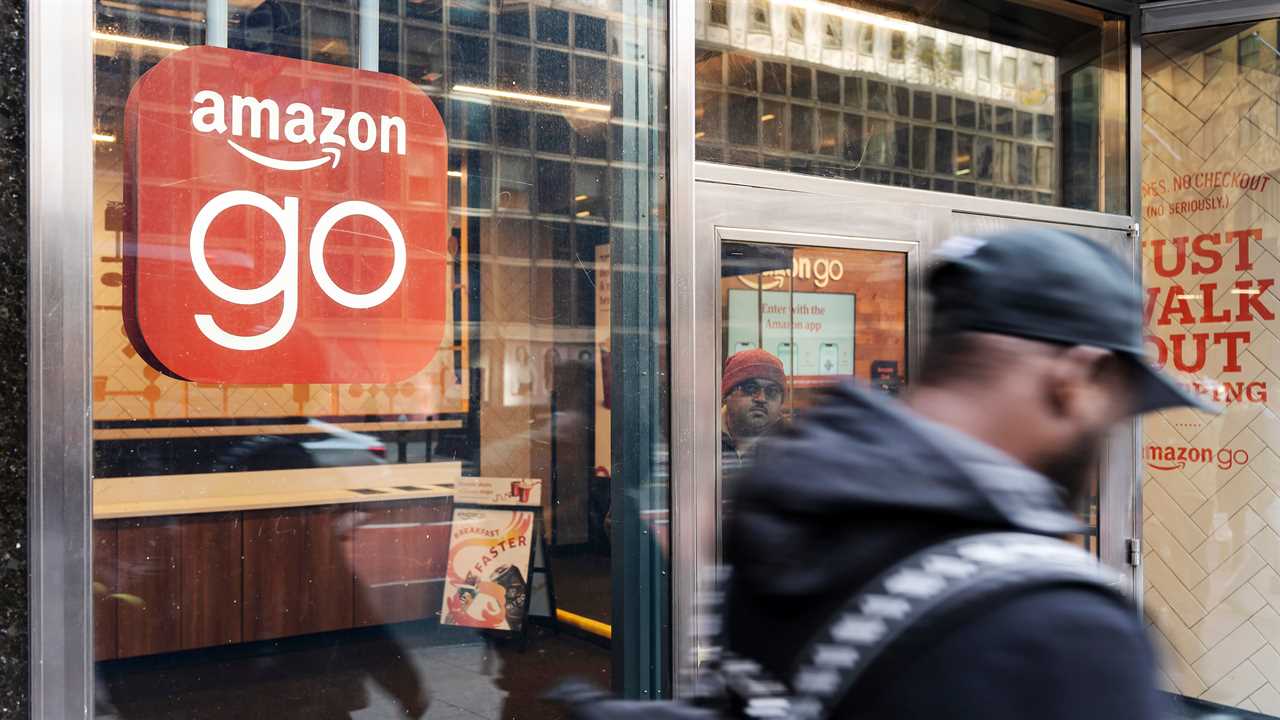
For much of this year, Amazon’s growth slowed and losses mounted as it faced high costs and changes in people’s shopping habits with the ebbing of the coronavirus pandemic.
On Thursday, the e-commerce giant signaled that its business was rebounding. But it cautioned that growth would be slow, possibly falling to its lowest level since 2001.
The company, which is headquartered in Seattle, posted $127.1 billion in sales for the third quarter, up 15 percent from a year earlier, showing that high inflation has not pummeled consumer spending. It also returned to profitability, making $2.9 billion after two quarters of losses.
Amazon’s results come amid a rocky patch for tech giants. Microsoft, Meta and others have indicated in their earnings results this week that tough days may be ahead.
Amazon projected that sales might slow to as low as 2 percent in the current quarter, which includes the vital holiday shopping season. Those estimates, which fell far short of Wall Street’s expectations, include a forecast that the strong U.S. dollar will continue to depress international sales.
Amazon’s stock dropped more than 19 percent in after-hours trading.
For the third quarter, Amazon benefited from its annual two-day Prime Day sale in July. In previous years, Prime Day had been held earlier than July. The company called this year’s event its “biggest ever,” and it generated about $6.8 billion in revenue — about $5 billion more than a typical two days — according to estimates from the investment bank Cowen.
Growth in Amazon’s cloud computing division was the slowest on record, increasing 27 percent to $20.5 billion. Amazon Web Services accounted for 16 percent of the company’s total sales but was the only division that produced an operating profit.
Its international operations, dragged down by the strong dollar, generated $2.5 billion in operating losses.
After two years of breakneck expansion, Amazon has spent much of the year putting on the brakes. Andy Jassy, who took over as chief executive last year, has moved to swiftly cut costs after the company overbuilt in anticipation of an extended pandemic-fueled boom in e-commerce. Amazon has curtailed plans to open warehouses and worked to improve the efficiency of its fulfillment operations, and it imposed a hiring freeze for corporate and technology roles for its retail division.
The company employed 1.5 million people by the end of the third quarter, almost 100,000 fewer than at the start of the year.
The tightening is showing results. The cost to ship products grew slower than the number of units it sold.
Amazon’s lucrative advertising business, which Morgan Stanley estimates is worth about $185 billion, grew 25 percent to $9.5 billion. Its subscription business, primarily Prime membership, grew 9 percent to $8.9 billion.
In addition to the volatile economic environment, the value of Amazon’s investment in Rivian Automotive, an electric truck maker that has struggled to meet production goals, has added fluctuations to Amazon’s profits this year. Its valuation rose $1.1 billion, contributing to Amazon’s profits in the latest quarter.
Did you miss our previous article...
https://trendinginthenews.com/tech-giants/alphabets-profit-drops-27-percent-from-a-year-earlier






